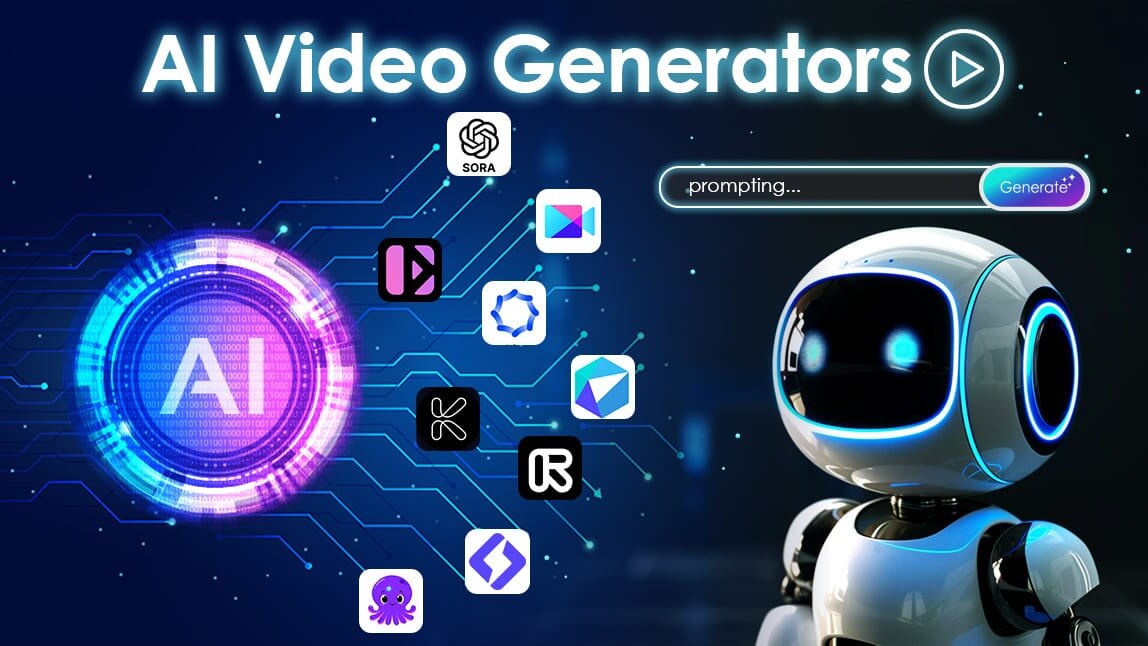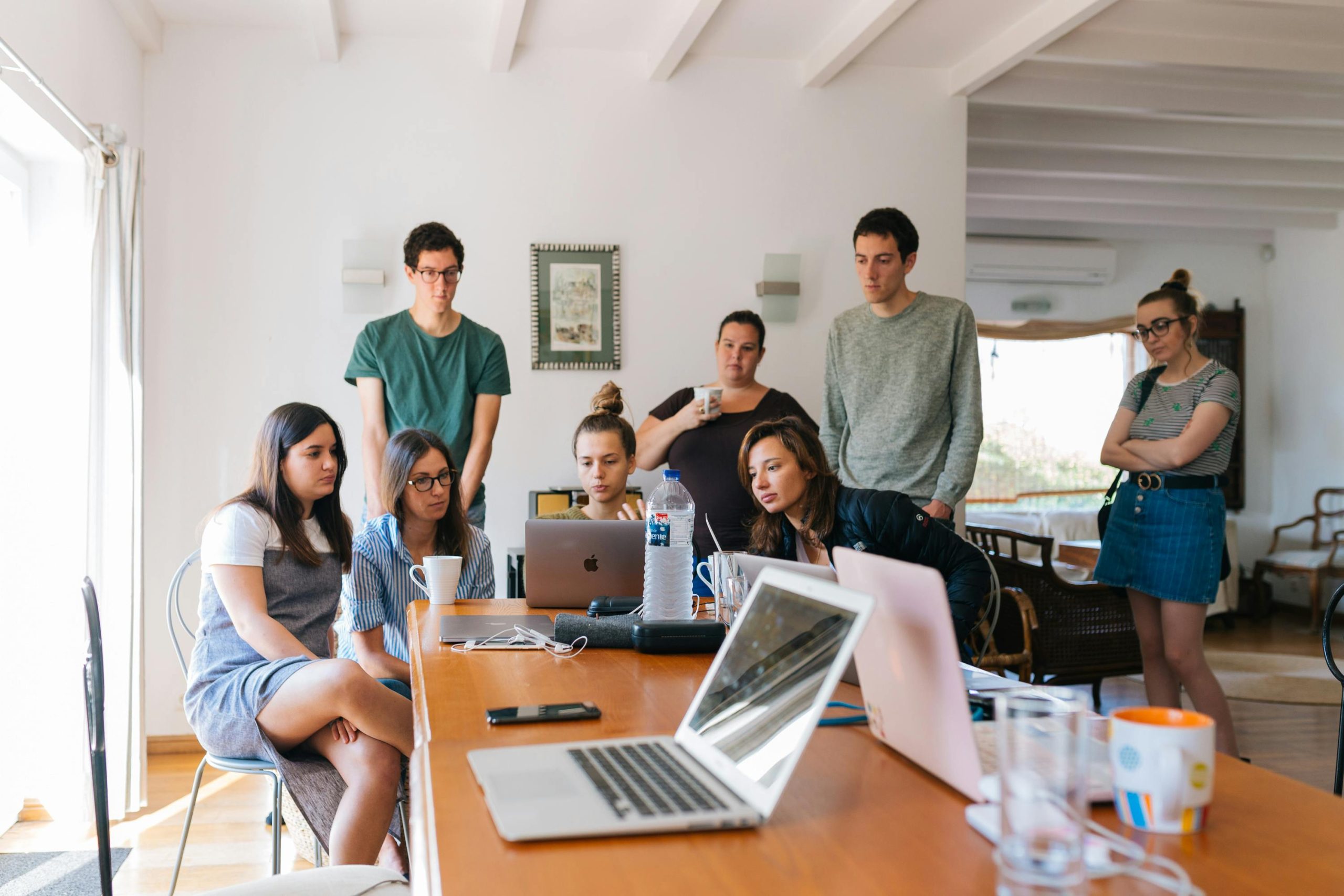In the ever-evolving digital landscape, content remains king—but video is quickly becoming the emperor. Studies show that users are more likely to engage with video content than with plain text or static images. However, creating high-quality videos used to require significant resources—scriptwriters, video editors, designers, and expensive software. But not anymore.
With the power of artificial intelligence (AI), anyone can now generate stunning videos from text or images—completely free and with minimal effort. Whether you’re a content creator, marketer, educator, or entrepreneur, AI-powered image and text to video generators are transforming how we communicate ideas and tell stories.
In this article, we’ll explore how these innovative tools work, what benefits they offer, and how you can start using them today—without spending a dime.
What Are AI Image and Text to Video Generators?
AI-powered image and text to video generators are tools that convert written content or still images into dynamic video clips. Using machine learning, natural language processing (NLP), and computer vision, these tools automate the video creation process.
There are generally two types:
- Text to Video Generators: You input a script, paragraph, or idea, and the AI transforms it into a video with scenes, animations, voiceovers, music, and visuals that match the theme.
- An Image to Video AI Generator: You upload one or multiple images, and the AI animates them, adds transitions, overlays text or voice narration, and turns them into a short video.
The best part? Many of these tools are free or offer freemium versions that include essential features without cost.
How Do These Tools Work?
AI video generators use pre-trained models to understand the structure and meaning of your text or the content of your images. Here’s a simplified breakdown:
- Input Analysis: For text input, the AI reads and interprets the text using NLP. For images, it uses computer vision to detect elements, themes, or faces.
- Content Matching: The AI matches key phrases or image elements with relevant visuals, icons, and audio from its internal library.
- Scene Building: It then assembles video scenes, complete with transitions, animations, and effects.
- Voice Synthesis (Optional): Many platforms offer AI-generated voiceovers in different languages and tones.
- Editing Tools: Users can tweak the video by changing text, colors, background music, or timing.
All of this happens within minutes—and sometimes seconds—depending on the complexity of the video.
Popular Free AI Video Generator Tools
Here are some of the most widely-used free AI tools for turning text or images into videos:
- Vidnoz– Great for turning blog posts and articles into social media-friendly videos. Offers AI-assisted scene creation and free templates.
- Pictory – Turns long-form content (like webinars or blogs) into short videos. Great for summarizing key points.
- Runway ML – Offers AI-based image animation and video creation tools, including text to video from prompts.
- Canva Video Suite – Though not fully AI-based, Canva offers text-to-animation features and easy-to-use templates.
- Synthesia – Allows you to create videos with AI avatars that read your text. Limited free version available.
- Kapwing – A user-friendly platform with AI tools to convert text and images into video stories.
These platforms are ideal for YouTubers, educators, social media managers, and small business owners who want to create professional video content without hiring a team.
Why Use AI Video Generators?
Here are some compelling reasons to embrace these tools:
1. Save Time
What once took hours (or days) can now be completed in minutes. AI automates scripting, editing, voiceover, and scene creation, freeing you up to focus on strategy and creativity.
2. Cut Costs
Hiring editors, animators, and voiceover artists can be expensive. AI tools let you create polished videos at little to no cost.
3. Boost Engagement
Videos created from images and text can dramatically increase engagement on websites, social platforms, and emails. Moving visuals capture attention better than static ones.
4. Enhance Accessibility
With auto-captions, multilingual voiceovers, and visual storytelling, these tools make content accessible to a broader audience.
5. Increase Reach
AI tools often come with automatic formatting for platforms like TikTok, Instagram, YouTube, and LinkedIn—helping you reach diverse audiences across multiple channels.
Use Cases Across Industries
AI video generators are not limited to any one niche. Here’s how different sectors are using them:
- Education: Teachers convert lesson plans into short explainer videos for better student engagement.
- Marketing: Marketers turn product descriptions into animated video ads for social media.
- E-commerce: Online retailers transform product images into promotional video reels.
- Real Estate: Agents turn property photos into virtual tours.
- Nonprofits: Organizations convert impact reports into storytelling videos for fundraising.
Tips for Getting Started
If you’re new to AI video tools, here are a few tips to maximize your success:
- Start Simple: Use free tools like Lumen5 or Canva to experiment with basic features.
- Keep It Short: Aim for videos between 30 to 90 seconds for maximum impact.
- Use High-Quality Images: Clear visuals lead to more engaging video results.
- Write Clear Scripts: For AI text to video generator free , short sentences and simple language work best.
- Experiment with AI Voices: Try different voices to match your brand tone or audience preferences.
The Future of Video Creation Is Here
AI has completely changed the rules of video production. You no longer need to be a professional editor or have a big budget to produce high-quality, engaging videos. With the rise of free image and text to video generators, anyone can tell a story, promote a product, or share a message—beautifully and efficiently



